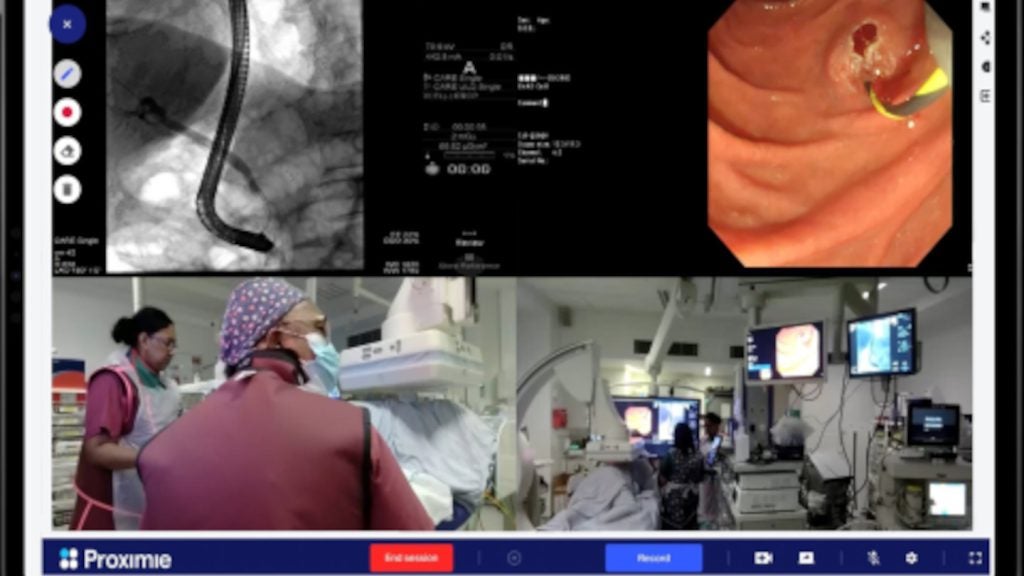
Researchers from the Department of Computer Science at Stanford University have combined deep learning and Electronic Health Record (EHR) data with the aim of dramatically improving palliative care for people with terminal conditions.
The team, led by Anand Avati, built a deep neural network and fed into it EHR records of 200,000 patients from the Stanford Hospital and Lucile Packard Children’s Hospital.
Using data from 160,000 patients, the researchers gave the system the directive: “Given a patient and a date, predict the mortality of that patient within 12 months from that date, using EHR data of that patient from the prior year.”
Armed with this information, the network was then tasked with predicting the dates of death of the remaining 40,000 patients, which it did with 90% accuracy.
The results have been published in a report titled ‘Improving Palliative Care with Deep Learning’, which also establishes the existing problems with palliative care.
“Physicians may not refer patients likely to benefit from palliative care for multiple reasons such as over optimism, time pressures or treatment inertia,” the researchers said in their report.
How well do you really know your competitors?
Access the most comprehensive Company Profiles on the market, powered by GlobalData. Save hours of research. Gain competitive edge.

Thank you!
Your download email will arrive shortly
Not ready to buy yet? Download a free sample
We are confident about the unique quality of our Company Profiles. However, we want you to make the most beneficial decision for your business, so we offer a free sample that you can download by submitting the below form
By GlobalData“A shortage of palliative care professionals makes proactive identification of candidate patients via manual chart review an expensive and time-consuming process.”
The report suggests that the use of the deep learning network can directly address these problems. The use of an AI over a human physician removes the potential for human error which can be introduced through factors such as personal bias and an unconscious reluctance to realistically assess a patient’s prospects. The report itself concludes that the technology is ‘a proxy for the need of a palliative care consultation,’ lightening the load on an area of US healthcare that is already overstretched.
In 2013 it was estimate that there is a shortage of 18,000 specialist palliative physicians in the US, equivalent to one for every 20,000 elderly people living with a severe chronic illness. Furthermore, palliative care was quoted as costing over $10,000 per patient by Debt.org.
The researchers explained that the purpose of the technology is to allow hospitals to better distribute limited palliative care resources, saying that ‘predicting mortality was a proxy problem for identifying patients who could benefit from palliative care.’
Ken Jung, one of the study’s authors, said: “We generally believe that this sort of approach is critical to safe, effective and ethical use of machine learning in clinical settings. Outside of very niche applications, we think it is almost always better, critical even, to have informed people in the loop.”







